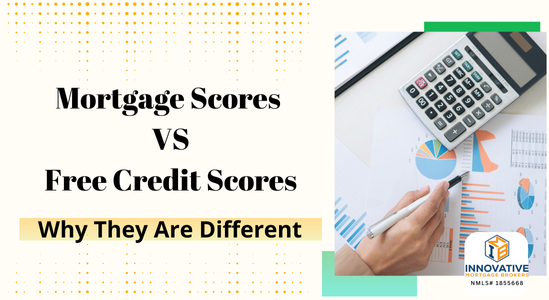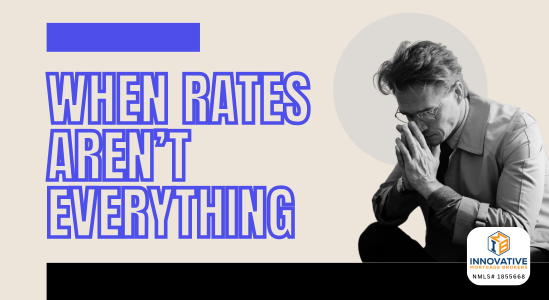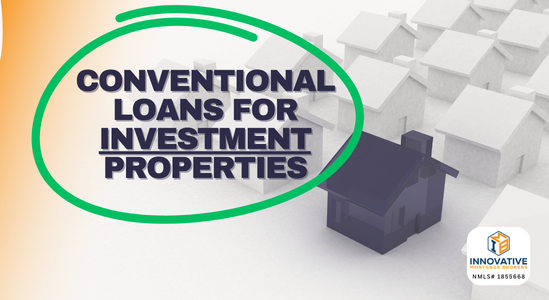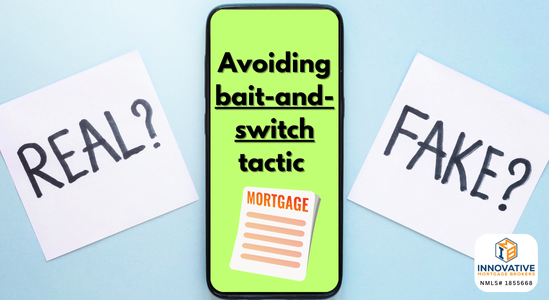Discover the Hidden Factors That Truly Shape Your Mortgage Experience If you’ve spent any time…
Mortgage Score Vs Free Credit Scores
Understanding the Difference Between Mortgage Scores and Free Credit Scores
If you’ve ever checked your credit score using a free online tool or your banking app, you might have felt proud seeing a solid three-digit number. But then, when you apply for a mortgage, your loan officer mentions a completely different score—one that might be lower than you expected. What’s going on here? Why aren’t the scores you see on free applications the same ones lenders use for mortgage underwriting?
It can feel a bit confusing and even a little frustrating. The truth is, mortgage lenders don’t always use the newest or most popular credit scoring models you see advertised online. Instead, many rely on older versions of the FICO scoring models, such as FICO 2, FICO 4, and FICO 5. Meanwhile, most free credit score apps tend to use FICO 8, FICO 9, or VantageScore models, which often produce different results.
In this article, we’ll break down why mortgage lenders use these older FICO models, how the scoring differences might impact your borrowing experience, and what you can do to prepare before applying for a home loan.
Why Do Different Credit Scores Exist?
Your credit score isn’t a universal, one-size-fits-all number. In fact, you may have dozens of credit scores floating around at any given time. The reason for this is that credit scoring models differ by company, by scoring algorithms, and even by the type of credit you’re seeking.
- Different Scoring Companies: FICO and VantageScore are two separate entities that create credit scoring formulas. Both use your financial history as reported to the three major credit bureaus—Experian, TransUnion, and Equifax—but they weigh and interpret that information differently.
- Different Scoring Models: Both FICO and VantageScore have introduced multiple versions over the years. Much like software updates, these new versions tweak the criteria or the weight of certain factors. For instance, FICO 8 might treat a late payment or a high credit card balance differently than FICO 5.
- Different Lender Requirements: Mortgage lenders often choose scoring models that have stood the test of time. They may be slower to adopt newer models because they rely on the historical data and track record of older scoring models when making large, long-term lending decisions.
The Score Models Mortgage Lenders Commonly Use
When applying for a mortgage, you’ll likely encounter older FICO versions—FICO 2, FICO 4, and FICO 5—specifically tied to each of the three credit bureaus. For example:
- FICO Score 2 (Experian)
- FICO Score 4 (TransUnion)
- FICO Score 5 (Equifax)
These are sometimes referred to collectively as “mortgage scores” because of their common use in the home loan industry. While there has been talk of lenders updating to newer models, the use of these older versions remains widespread because mortgage underwriting guidelines (set by entities like Fannie Mae and Freddie Mac) have historically required them.
Free Scores: FICO 8, FICO 9, and VantageScore
Chances are, if you’re checking a free credit score online or through a financial app, you’re seeing something like FICO 8, FICO 9, or one of the VantageScore models (often VantageScore 3.0 or 4.0). These models are commonly available to consumers for educational purposes because:
- They’re widely adopted by credit card issuers and other lenders for quick, low-risk credit decisions.
- They can be made available to consumers at no cost.
- They’re easier to access through third-party applications, financial institutions, or free credit monitoring platforms.
The key difference? These newer models may weigh factors like medical debt, authorized user accounts, and multiple inquiries differently than mortgage-focused scores. You might find your free VantageScore is higher (or occasionally lower) than your mortgage-focused FICO score, simply because the underlying formulas differ in what they consider most important.
Why Mortgage Lenders Haven’t Updated to Newer Models Yet
You might wonder why mortgage lenders don’t just switch to FICO 8, FICO 9, or VantageScore, especially since these are more common and arguably more consumer-friendly. There are several reasons:
- Industry Standards: The entire mortgage industry—from lenders to investors—is used to working with certain models. Changing them would require an industry-wide adjustment, and while it might happen eventually, these shifts are slow.
- Predictive Track Record: Mortgage lending involves significant amounts of money and long repayment terms. Lenders rely on scoring models that have a proven track record, even if they’re older. They know how these models predict risk over a long period.
- Regulatory Guidelines: Government-sponsored enterprises (GSEs) like Fannie Mae and Freddie Mac have guidelines that specify which credit scores lenders can use to qualify borrowers. Until these guidelines are updated, most lenders will have to stick to older FICO versions.
How the Different Scores Impact Your Mortgage Application
If you’ve been monitoring your credit score using a free app and you’ve grown accustomed to seeing a certain number, you might be surprised when a mortgage lender pulls your credit and shows a lower figure. This discrepancy doesn’t mean someone made a mistake or that your credit is worse than you thought. It just means the lender is using an older scoring model that may weigh certain factors more heavily—like older late payments or certain types of credit utilization patterns.
A lower mortgage score might mean you’ll need to work a bit harder to position yourself for a competitive mortgage. This doesn’t mean you won’t get approved for a loan. Even if your mortgage score is lower than your free score, lenders still want to work with responsible borrowers. They just have to adhere to industry standards.
What You Can Do to Prepare
Knowing that your mortgage lender might use a different credit score model, how can you prepare?
- Check Your Mortgage Scores Ahead of Time: You can purchase your mortgage-specific FICO scores through the “FICO Advanced” or “FICO Premier” products directly from myFICO.com. It’s a small investment that can give you a realistic idea of where you stand before you apply for a loan.
- Focus on Long-Term Habits: Regardless of the scoring model, good credit habits typically improve all your scores over time. Paying your bills on time, keeping credit card balances moderate, and avoiding unnecessary credit inquiries can help boost every type of score.
- Address Negative Marks on Your Report: Older scoring models might place more weight on certain negative items, like late payments or collections. If possible, resolve these issues before applying for a mortgage. A paid-off collection or a record of on-time payments over the last 12-24 months can make a meaningful difference.
- Talk to Your Loan Officer: A knowledgeable loan officer can help you understand why your mortgage score might differ from your free credit score. They can help you review and also guide you on steps to improve your profile so you can qualify for competitive rates and terms.
Free Scores: Still Valuable Tools for Monitoring and Improvement
Even though the score you see on a free app or a credit monitoring website may not match the mortgage-specific score your lender uses, that doesn’t mean free scores lack value. In fact, these tools can be a great resource when it comes to understanding your overall credit health. Here’s why:
- Trends Over Time: Free credit scores, regardless of the specific scoring model used, can help you track whether your credit is improving, holding steady, or taking a dip. Watching these changes can give you insight into how certain actions—like paying down a credit card or closing an old account—affect your credit profile.
- Motivation to Improve: Seeing your score inch upward month after month can be a powerful motivator. Even if it’s not the exact figure your mortgage lender uses, improving one score usually means you’re cultivating healthy credit habits that will eventually reflect positively on all scoring models.
- Credit Report Insights: Most free credit monitoring services also offer updates on your credit report, alerting you to new inquiries, changes in account statuses, or potential signs of fraud. This information is invaluable for keeping your credit profile accurate and well-maintained.
- Guidance on Better Habits: Free scoring tools often come with tips and insights tailored to your situation. They might recommend paying down a high-balance card or setting up payment reminders. Over time, following these suggestions can raise all of your scores, including the mortgage ones.
- A First Step Before Mortgage-Ready Scores: While you may eventually pay to see your mortgage-specific scores, starting with free credit scores can help you get your financial footing. By the time you’re ready to invest in checking your FICO 2, 4, and 5 scores, you’ll likely have made progress in building a more favorable credit history.
In other words, these free scores serve as a solid starting point on your journey toward improved credit health. Even though they aren’t the same models mortgage lenders use, the good habits you form by monitoring and improving your free scores will ultimately pay off when it’s time to apply for that home loan.
Conclusion
It’s perfectly normal to feel a bit confused when confronted with multiple credit scores, especially when the one your mortgage lender shows you doesn’t match the free score you’ve been tracking. Mortgage lenders rely on older FICO models (2, 4, and 5) because these tried-and-true formulas have a reliable, well-documented history of predicting mortgage risk. Meanwhile, free credit score apps often use newer models like FICO 8, FICO 9, or VantageScore, which may present a rosier picture of your credit health.
By understanding these differences, you can take proactive steps to prepare before applying for a mortgage. Check your mortgage-specific scores, focus on strong credit habits, and have open conversations with your loan officer. With the right preparation and guidance, you can move forward confidently toward achieving your homeownership goals—even if the credit score you see at the closing table isn’t quite what you saw in your favorite free app.





